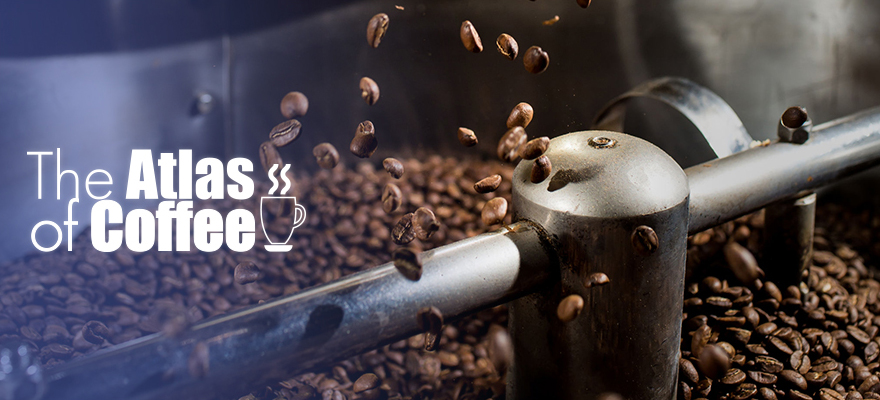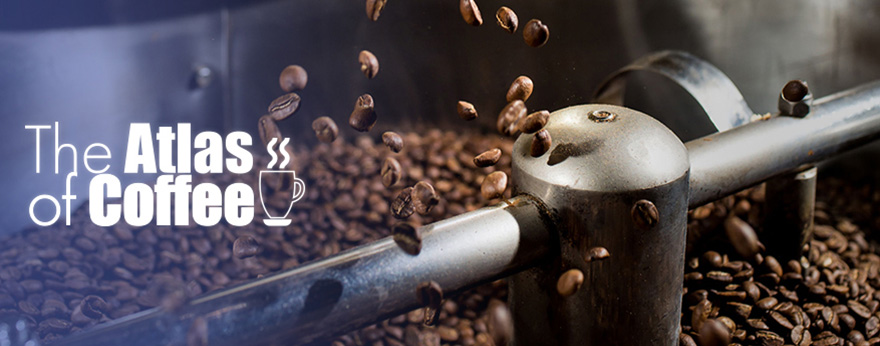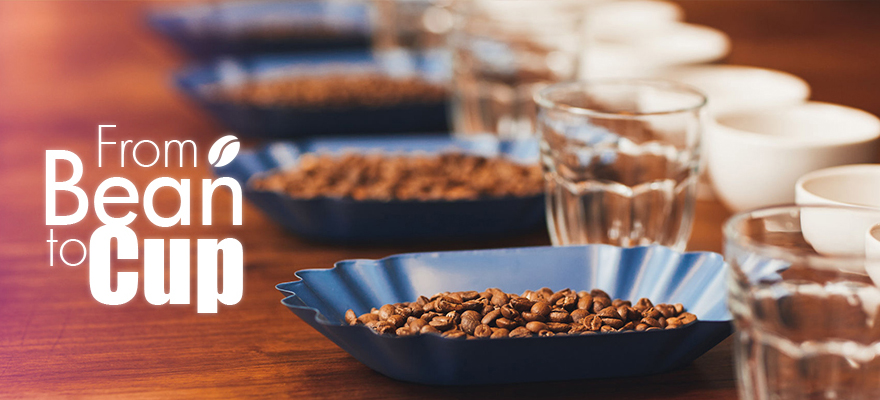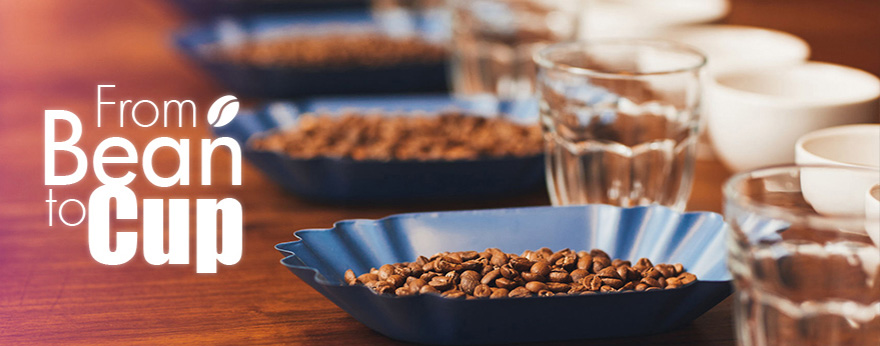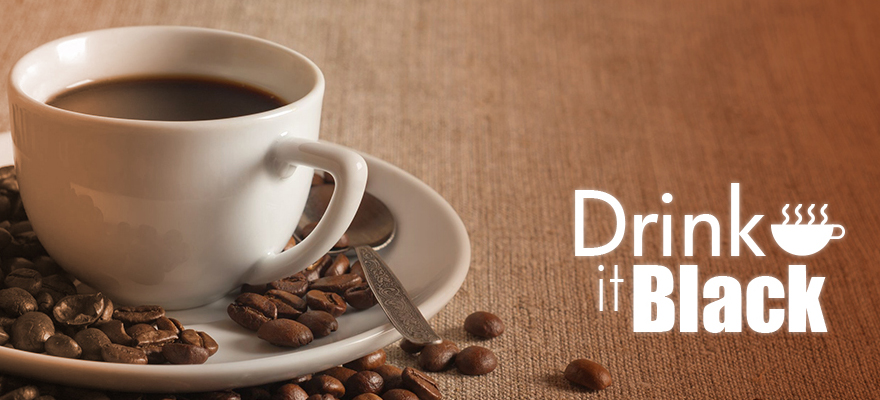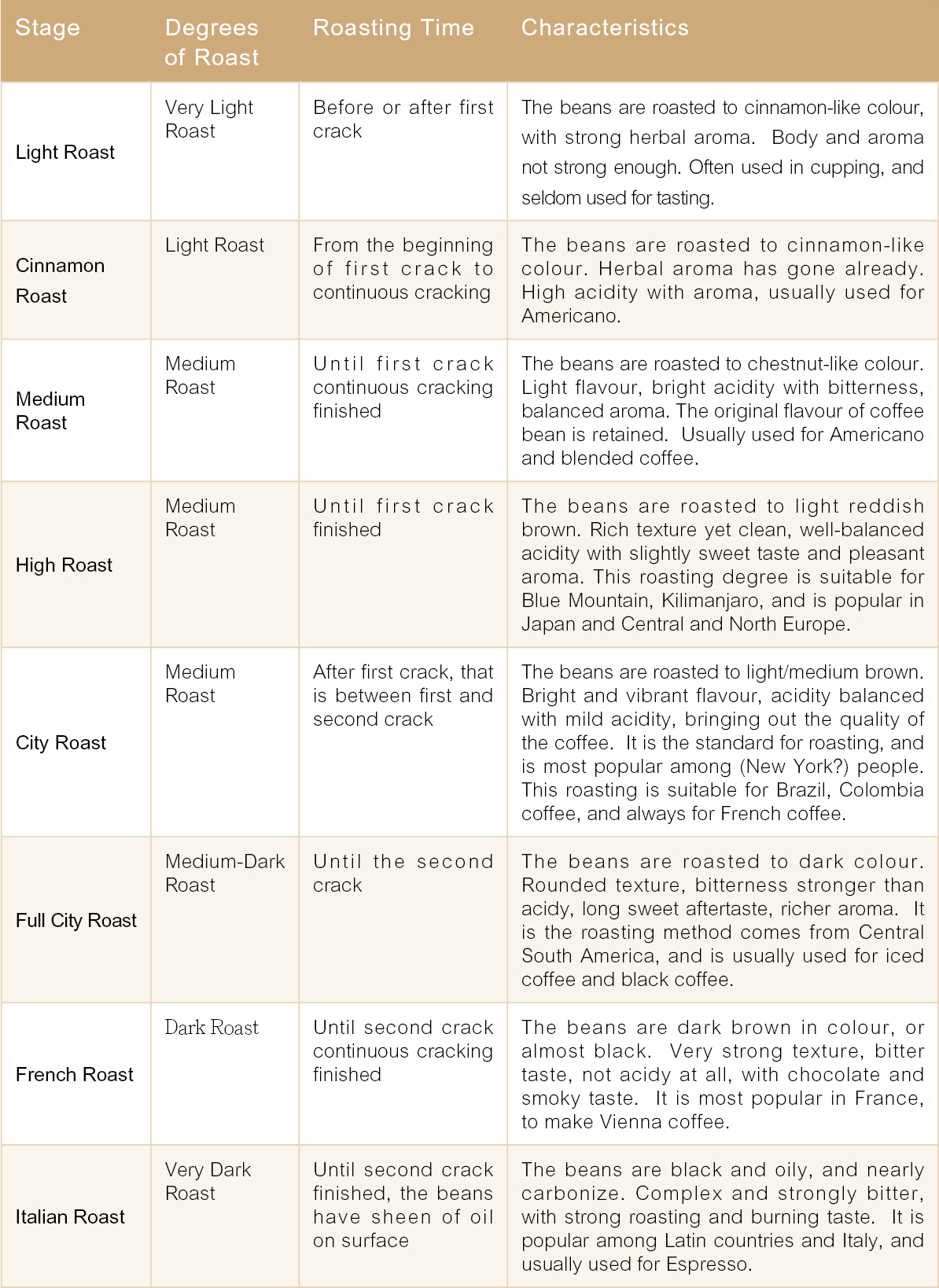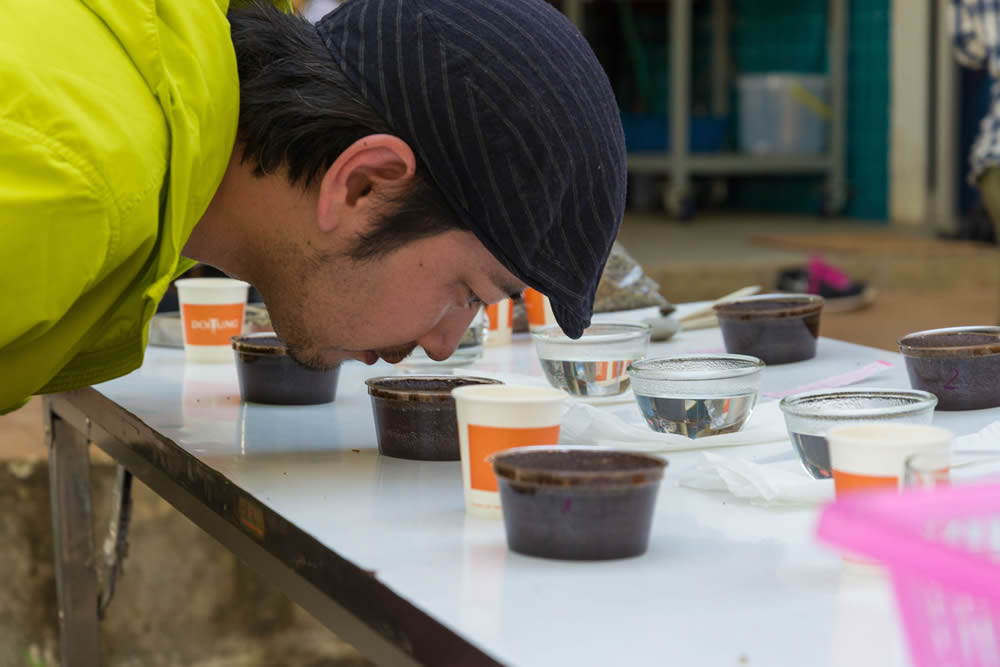Roasting of Coffee Beans
Roasting transforms the chemical and physical properties of raw coffee beans into roasted coffee products. The roasting process causes coffee beans to swell and changes their colour, body, aroma and density, producing the unique flavours of the coffee.
In this process lasting 10 to 20 minutes (inversely proportional to temperature) with temperature reaching over 200 C°, coffee beans experience multiple chemical changes and crack, namely the first crack and the second crack, and lose their moisture content. From raw beans, light roast, medium roast to dark roast, moisture is released during each stage, while the coffee beans lose weight and expand in size. The colour of the coffee beans darkens and aromatic oil begins to show on the surface of the beans, which grow crunchy in texture. The chloric acid in the raw beans gradually breaks down during the roast. Familiar and pleasing fruit acids begin to emerge, such as acetic acid, citric acid, and malic acid that is found in wine, which are subtly revealed in the roasting process.
Steam: 00 -10 minutes; 140C°
This is the most important process for coffee beans to absorb heat. During this stage the coffee beans slowly swell, as their colour turn from green to white. Their moisture content gradually vaporises from inside while the beans absorb heat. If the moisture content vaporises too quickly, the beans are likely to acquire a bitter taste; if the moisture content vaporises too slowly, the coffee is likely to taste bland and less aromatic.
Endothermic (Prior to first crack): 10 -15 minutes; 140-180C°
After steaming, the coffee beans quickly turn from white to a pale brown-yellow, and they continue to absorb heat until the first crack. The coffee beans turn from swollen during the steam stage to shrunk and dried during this stage. The coffee beans lose their moisture content rapidly until reaching their peak capacity for heat absorption and crack, which is known as the first crack.
First crack(end of first crack and prior to second crack): 15 -18 minutes; 180-210C°
Following the first crack, the stored heat of coffee beans is released. Their aroma becomes pronounced, and turns from grainy to toast. Throughout the process of the first crack, the coffee beans expand and crack. The coffee may be consumed at this point up until the coffee beans are burnt, and it does not carry any grainy taste. At the start of the first crack, the coffee tastes highly acidic but not bitter. As time passes, the taste turns into not acidy but highly bitter. In general, the moment of coffee beans extraction is to be determined by the desired flavours of the coffee. It is usually done when the acidy taste is vanishing and bitterness is about to emerge, and coffee thus roasted contains the strongest aftertaste and the most perfect aroma.
Second crack: 18-20 minutes; extraction of coffee beans at 210-C°
After the first crack, the coffee beans gradually mature and give out a strong aroma. When they reach the second peak of their capacity for heat absorption, the beans crack for the second time, which is known as the second crack. This means that as the interior of the coffee bean swells, carbon dioxide is continually released from the inside, which causes the interior temperature to keep rising and the bean to become roasted, producing oil that emerges on the bean’s surface. Coffee thus roasted tends to have a bitter taste and rich aroma.

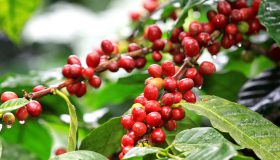
Join ISCC
Our Institute’s mission to cultivate the specialty coffee culture in Hong Kong.……………………………………………………. ………………..
Specialty Coffee
According to Specialty Coffee Association of America (SCAA), specialty coffee is hailed to be gourmet or premium coffee.…………………………..
Coffee Cupping
Similar to wine tasting, coffee cupping is the evaluation of coffee quality by such objective standards as sweetness, acidity, bitterness, aftertaste and aroma.





